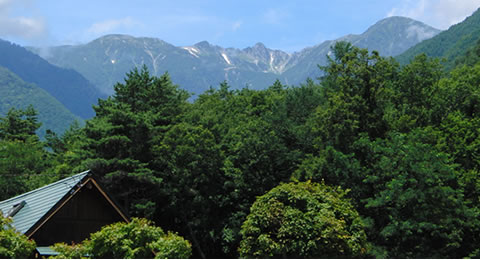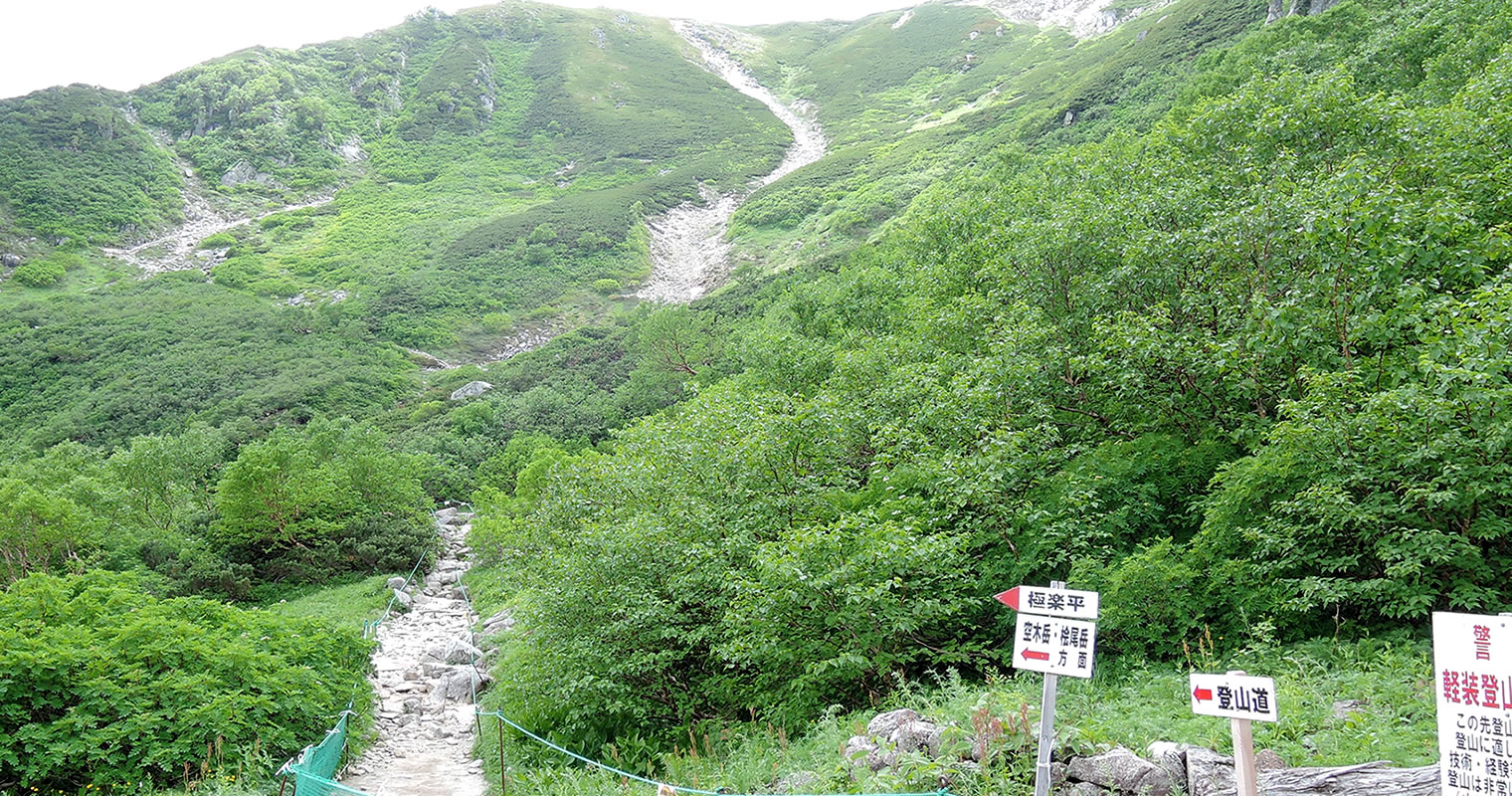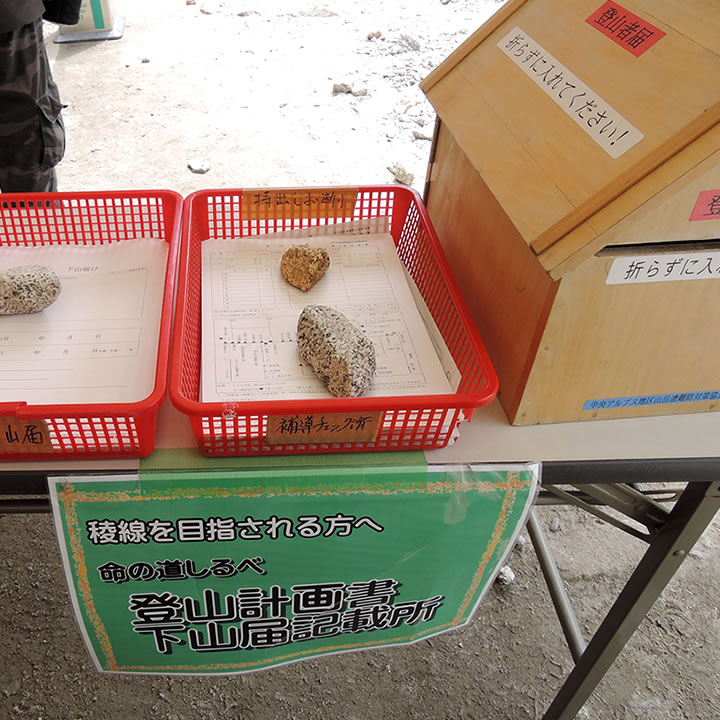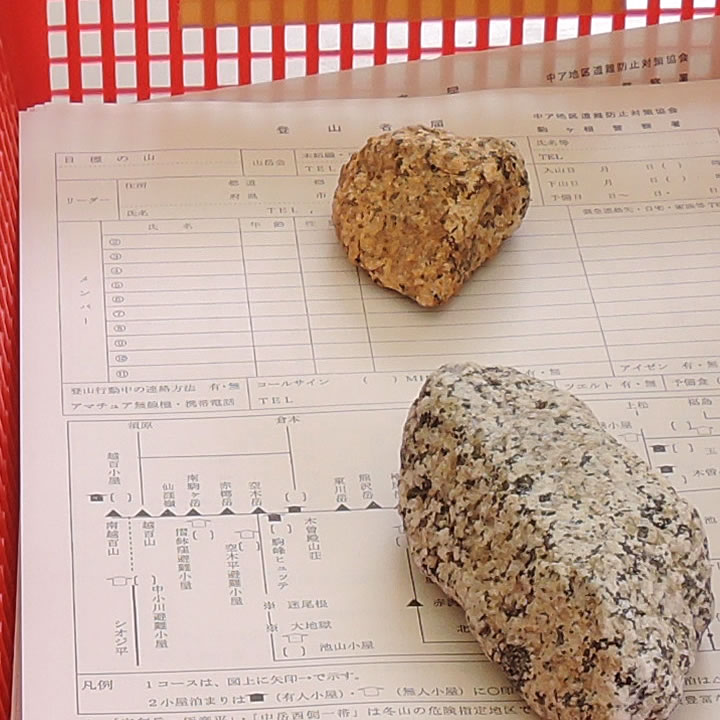Hiking in Japan (2): Things to know for safe hiking

Japan, the country covered with mountains and forests by nearly 70%, attracts many hikers to wild places. Foreign tourists, mainly from Asian countries, visit Japan for hiking more than ever. Though hiking lovers are all welcome, accidents in the mountains are becoming more concerned while the popularity is increasing.
In Japan, 3000 people annually encounter an accident in the mountains.
Moreover, about 300 of them are dead or missing annually. 78% of those are aged 60 years old or older, and likely lost their life from a physical problem. As for younger people, they tend to get injured due to carelessness from too much optimism.
Hiking accidents most frequently happen in three of the prefectures;
No.1: Nagano Prefecture, the region having the Japan Alps
No.2: Hokkaido Prefecture, has changeable weather with a blizzard of snow
No.3: Tokyo Prefecture.
Hiking accidents are increasing in Tokyo
Despite the typical image of Tokyo, the urban city with high-rise buildings, the west part of Tokyo is actually a forest region with small and large mountains, one of which reaches 2000m at the highest. In the west-end Tokyo prefecture, there are hiking trails within easy access from central Tokyo, where people tend to go for a day hike without much preparation, causing them to get involved in an accident. We should keep in mind that more than 10 people lose their life annually at the mountain site in Tokyo.
The accidents are mostly caused by lacking of physical strength, less preparation, and confusion with the direction.
Hikers who don’t speak Japanese are strongly advised that they should be more careful about not getting lost. Though you can find sign boards at a fork on walking tracks, they may be written only in Japanese. Non-Japanese-speaking hikers should go hiking in a group with a Japanese speaking guide. Also, it is advisable to keep some Japanese phrase samples on hiking such as “I have a heatstroke” or “I am injured” in your smartphone that can be used offline.

A starting point on a trail at Kiso Komagatake, Southern Japan Alps
Things that help hikers to avoid accidents in the mountain are;
- You may lose a sense of direction from heatstroke and get lost. Drinking 500cc of water before/in the middle of/after hiking will help prevent heatstroke. Drinking of 200cc water every hour will also help to avoid it.
- Injuries happen most frequently in the early afternoon while hikers are descending the mountain. Watch out your step, and be more careful around the time. Also, remember 90% of hiking accidents happen while descending the hill.
- Aged hikers should consider taking more time than younger hikers, about taking 1.5 times more when ascending the mountain, to prevent sudden illness such as heat stroke and heart attack.
- If you go for a day hike, plan a trip to finish descending at 3 o’clock. That plan will also help you to avoid rush hour in the evening on the way home.
- Be prepared for troubles that you may encounter in the mountain. For example, accidents from getting lost tend to happen in Okutama where you need to bring a good map. In some areas of Tanzawa have many leeches where bringing a repellent spray is essential.
Hikers are required to submit a Tozantodoke, a hiking registration form
This registration form is called in Japanese Tozantodoke "登山届" or Tozan Keikakusho "登山計画書", or Tozansha Todoke "登山者届". The submission is obligatorily required in some prefectures. In Gifu Prefecture, hikers obligatory need to submit this form. Hikers, who omit it, will get fined up to 50000 JP Yen.
There is no specific format for the registration form that you can create the one by yourself. The necessary information to fill in the for is; Name, Contact address, Gender, Age, Birthday, the hiking plan, and the number of people in the group. You can submit the form by putting it in a box, usually provided at the starting point of a trail or the nearby train/ropeway station.
A sample of the registration form is downloadable on the website of Japan Mountaineering and Sports Climbing Association.
https://www.jma-sangaku.or.jp/sangaku/?ca=4

The hiking registration form and the box to put it in (on the right)

The hiking registration form
Japan's Hiking Insurance
For hiking in high mountains, it is suggested we buy hiking insurance. The insurance will be somewhere between 250 JPY and 500 JPY per day. The insurance valid for one year, it will be between 2500 JPY and 3000 JPY. Hiking insurance is essential for people who participate in trail running like HASETSUNE CUP (https://www.hasetsune.jp/ ). If you are a tourist having travel insurance, make sure if hiking accidents are covered by the insurance or not.
Extra Information
The habitat of Japanese mountain leeches or Yamabiru is expanding. At the starting point of a trail located in such a habitat, you will see a board saying in Japanese, “Watch out Mountain Leaches!" At the place near the board, you will also see a salt (or salt water) bag to put on your shoes to keep leeches away. The salt may work for an hour or so, but remember it won’t be last. It is more secure to keep spraying repellent frequently on your shoes and body.
Watch out for bears (Kuma) and Hornets (Suzume-bachi), especially in Spring and Autumn.
Related Article
Hiking in Japan (1) : About mountains and the enchantments
Average time of Sunrise / Sunset and Temperatures by Month
Watch out for the torrential rain - Guerrilla-gohu and Oh-ame

